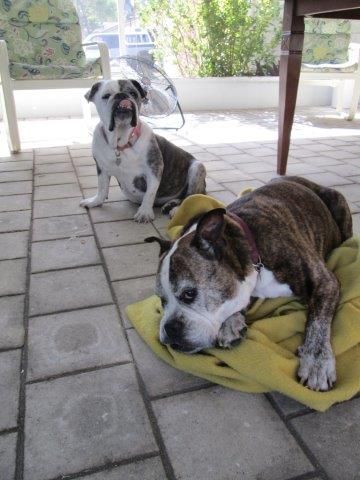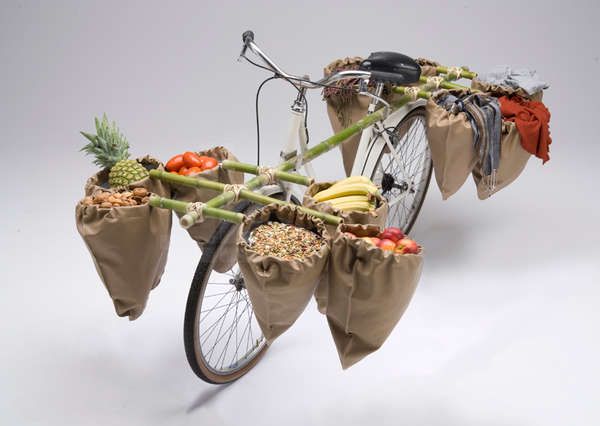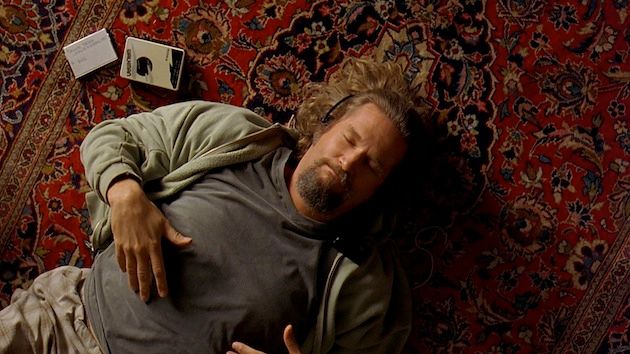1. Drive 15 minutes to sail from my usual launch on the Gulf of Mexico, where there would be no waves and the wind would be straight offshore and gusty. I do sometimes sail offshore winds, usually on a big board like my formula or the Exocet WindSUP. But it's always hard to tell what to rig, and it takes a long time to get back to shore, especially if you're on a smaller shortboard. Plus, you're screwed if you have a breakdown or injury miles offshore. So I wasn't super keen on that.
2. Drive 45 minutes in traffic to sail relatively steady sideshore winds and flatwater chop at the Sanibel Causeway. An upside of the causeway is that it's one of just a few places in Florida where you can regularly see other windsurfers. The downsides are that there are no waves, and there are some sharp rocks and shells at the launch that require booties.
3. Drive 2 hours across "Alligator Alley" (Interstate 75) to the windward, Atlantic side of Florida to sail in wild ocean conditions. The East coast launch that seemed to have the best combination of being close to I75 and having rideable waves was North Ocean Park in Pompano Beach.
I called my buddy Dr. Alex and he was up for a windsurfing road trip, so that set option #3 in motion. We carpooled over in my van and soon found ourselves staring at a raging sea through the wind-blasted, kiter-crowded parking area in Pompano Beach. The intimidation factor was enhanced by a wind-tunnel effect of the tall condominiums on either side of the parking area, which made it hard to even walk to the beach.
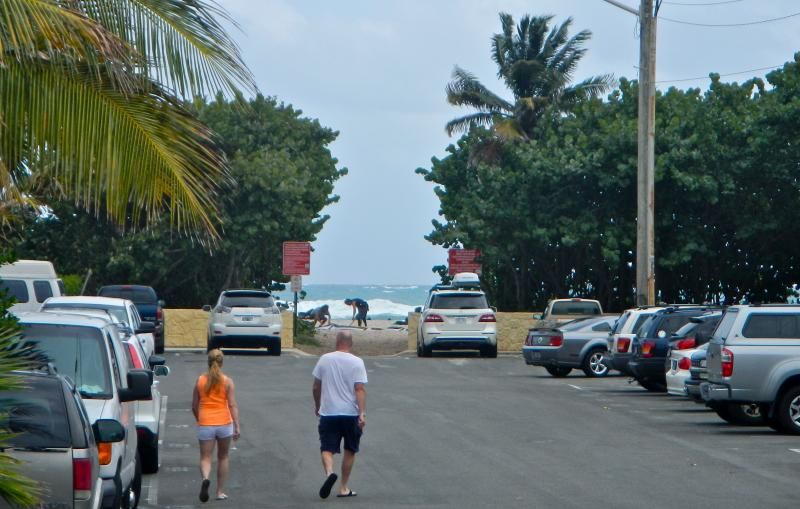
Fortunately the wind was less insane once on the beach; 20-ish knots.
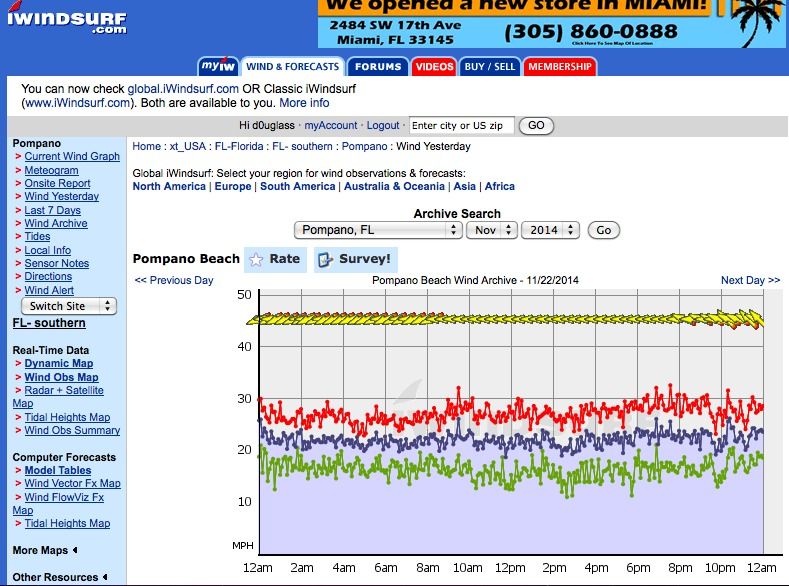
The waves breaking on the offshore reef looked big and scary. The shorebreak looked challenging but not impossible- the straight-onshore wind is what would make it tricky.

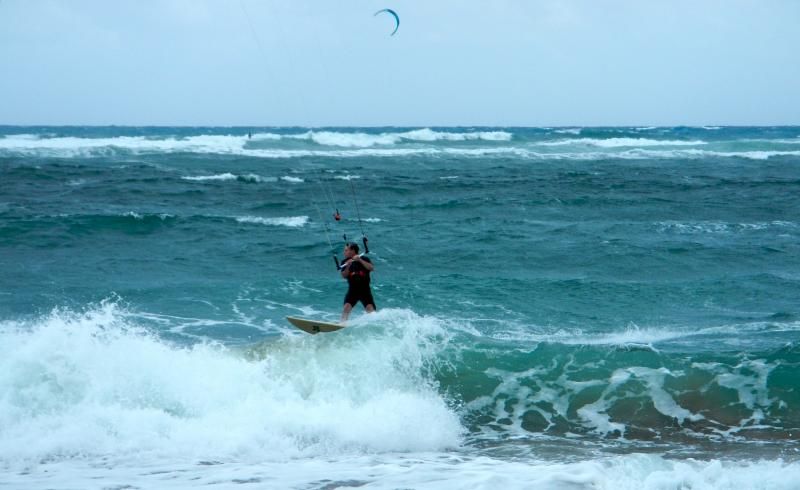
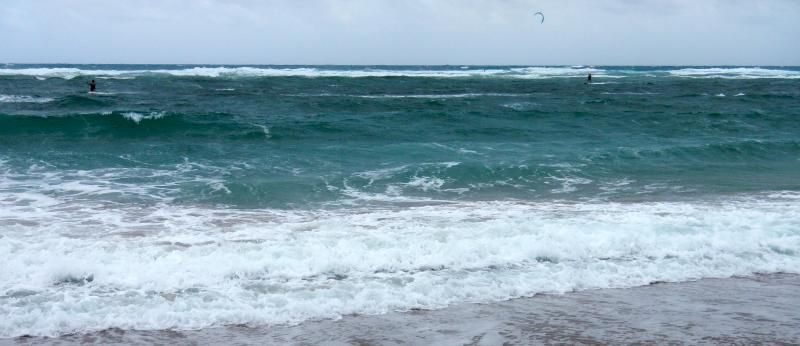
Alex rigged a 4.7 Hotsails for his 100 liter board, and I rigged a 4.5 Ezzy for my 83 liter board. In retrospect I should have rigged a bit bigger sail, or maybe used a floatier board.
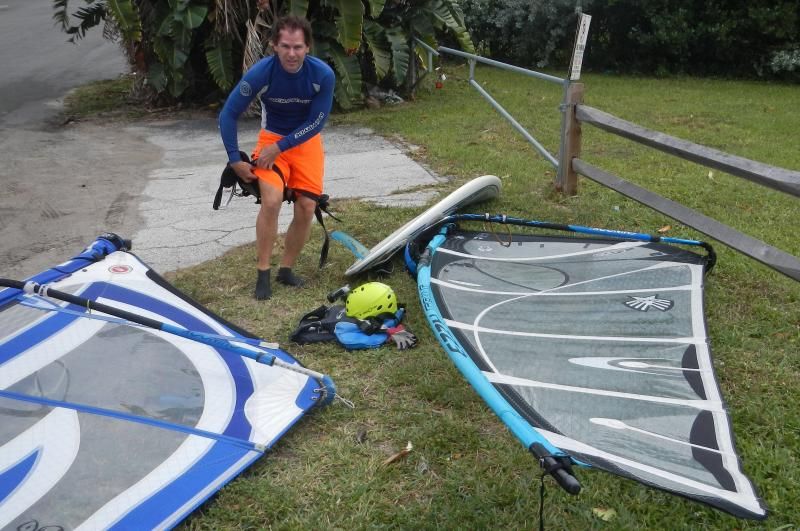
We both managed to get out through the shorebreak, after a try or two, and we took some cruising runs through the more sheltered inside area to the north of the launch. The picture with the lighthouse is the view looking North into the most sheltered part of the cove. There was an interesting eddy-like current at the North end of the cove, and some strange swells forming or re-forming near a jetty in the cove.

We were making it work, but a lot of floating Sargassum was getting stuck on our fins and preventing us from planing consistently, so we switched to weed fins. The combination of being slightly underpowered and having inefficient weed fins made the conditions harder than they should have been, but we did OK. Where we really paid our dues was when we'd try to get into the outside break further south of Hillsborough Inlet. If you fell or stopped planing there, or had to run downwind to avoid an impassable head-high closeout wave, you'd get stuck in an area where the waves were breaking all the way to shore, with lots of surging current. It was nearly impossible to waterstart there and sail back North to the launch area while relentless walls of whitewater were hitting you broadsides. I went through the "rinse cycle" many times; holding onto a piece of my gear while the surging foam swept the whole mess towards shore.
On the last run or two out I avoided the trouble area and made it at least partially into the area I'd call the outside break. The waves were enormous by my standards, definitely over my head and looking mean and unpredictable (though beautiful Gulfstream blue). I didn't do any great waveriding turns or anything, but it was super thrilling to be out there. I'd like to try the spot again on a day with more sideshore wind and smaller waves.
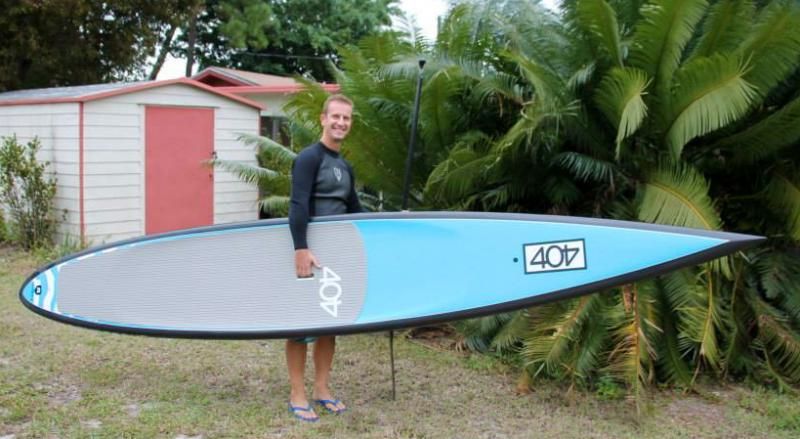
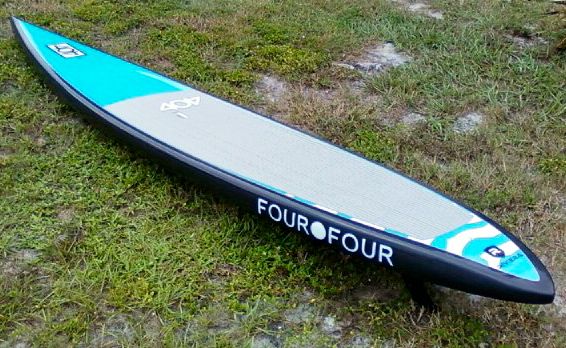
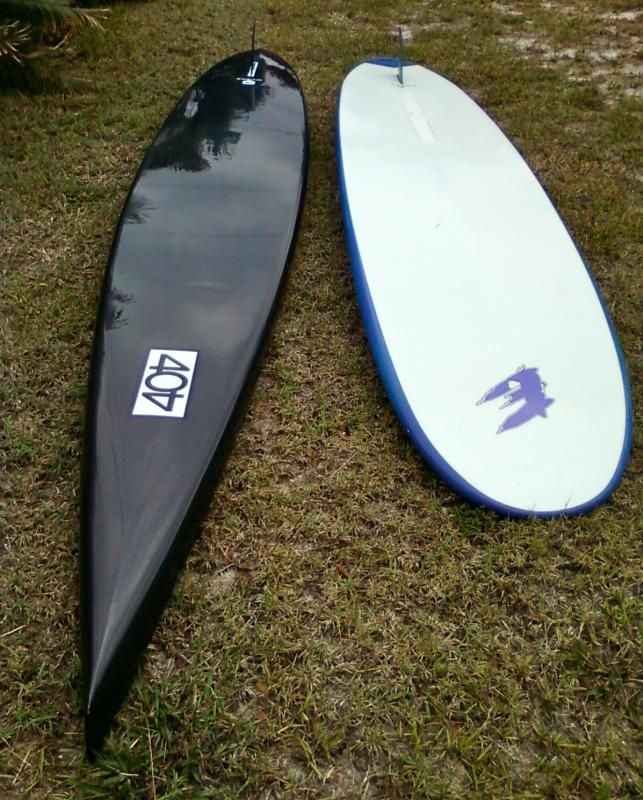
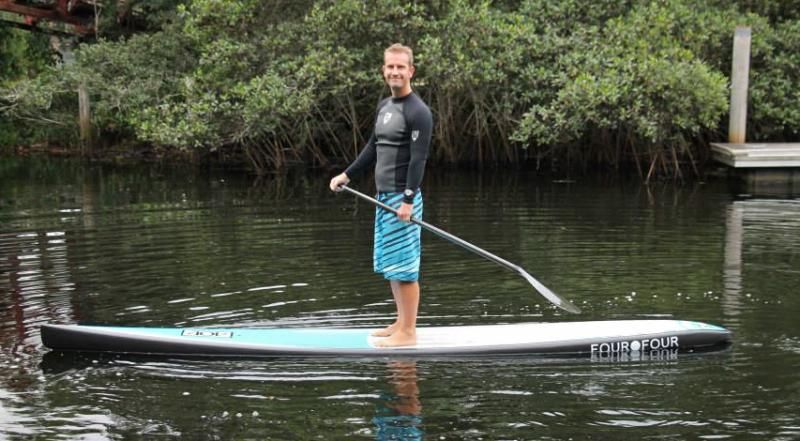
 <
<
